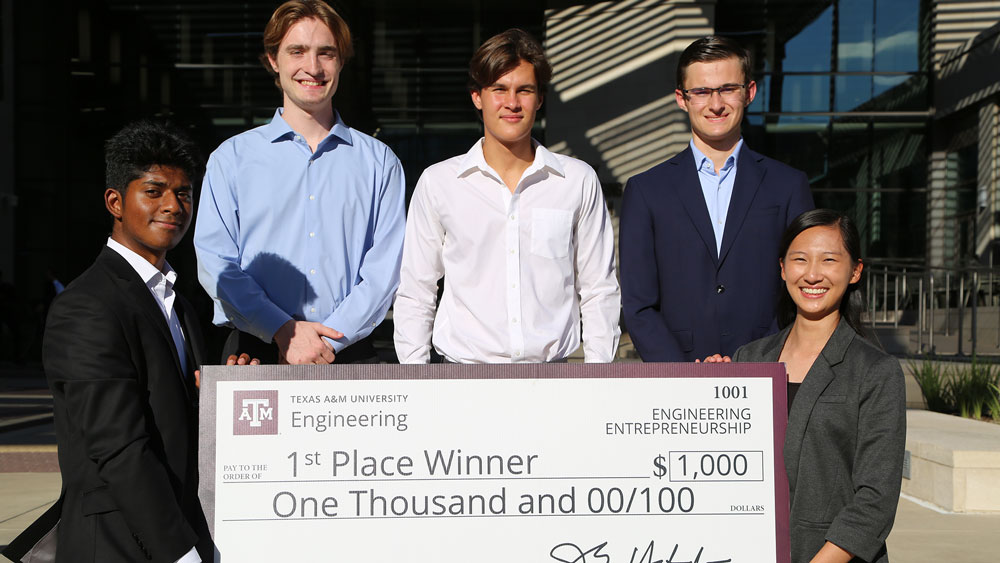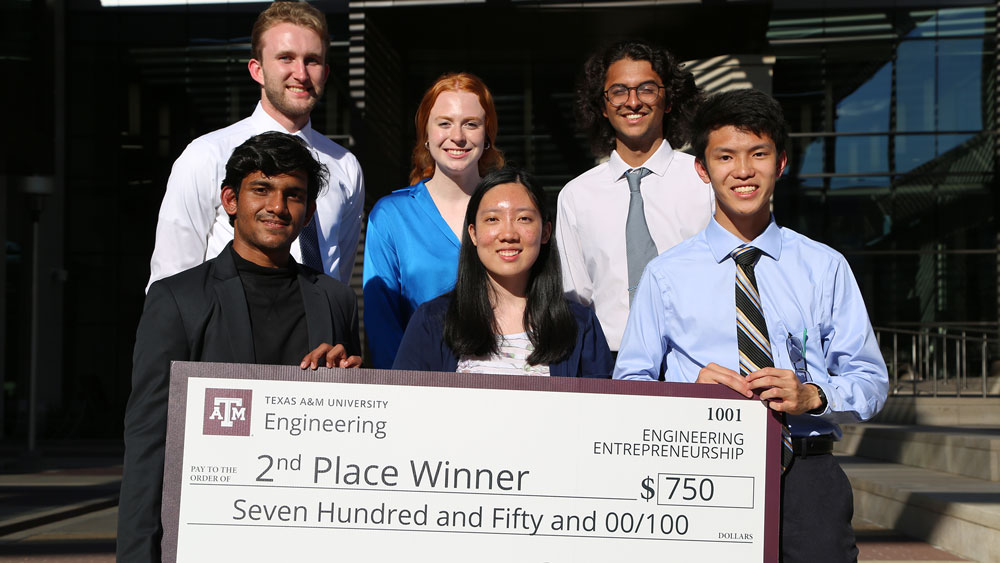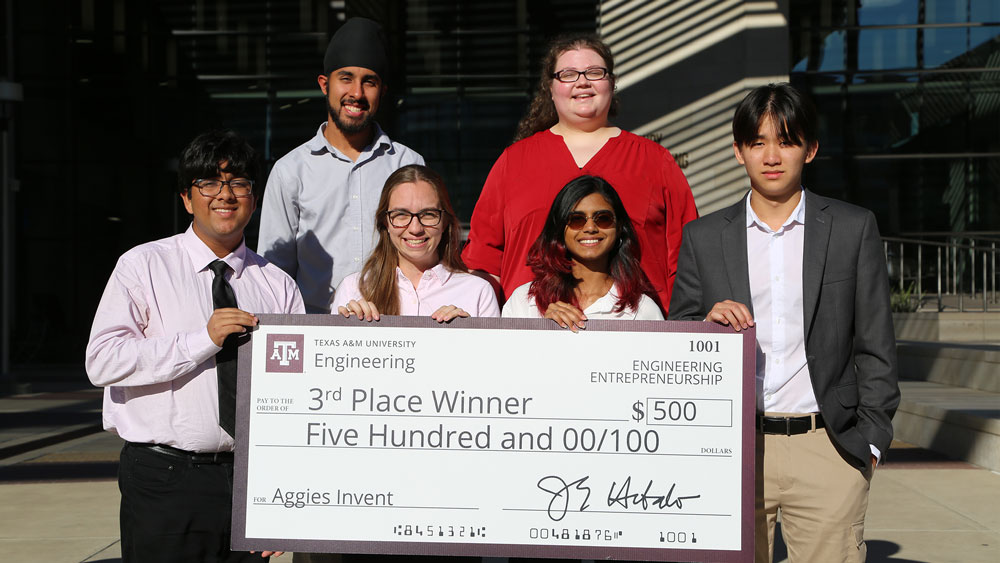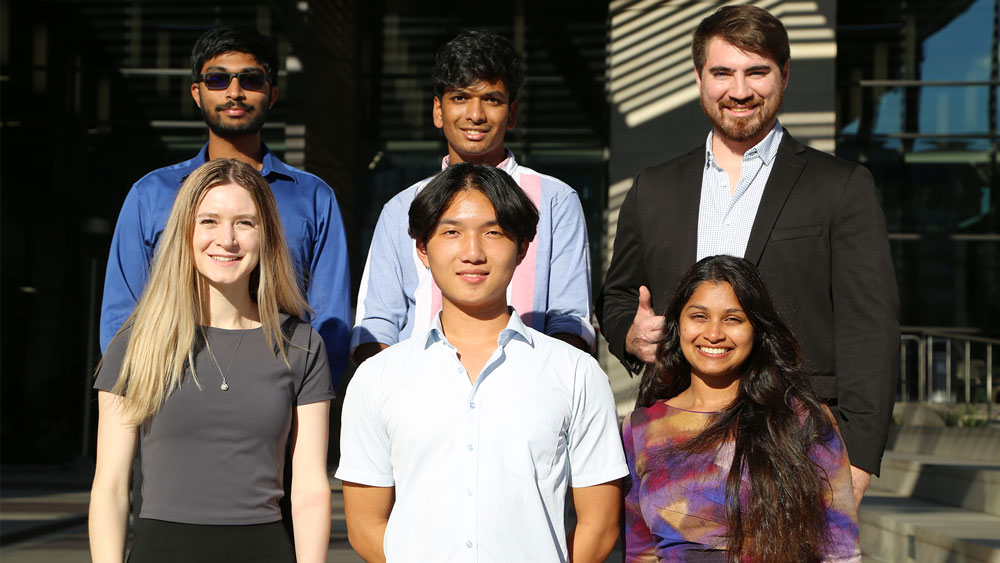
In September, the Texas A&M University College of Engineering held the first Aggies Invent of the year. This month's challenge, Information Viz, was sponsored by the National Security Agency (NSA). Teams were urged to focus on the different aspects of data to allow access to information to all people. Students from the Bush School of Government and Public Service were also invited to participate.
Neil Ziring, technical director for the cybersecurity directorate at the NSA, took part in the judging process. He even spent the weekend helping teams work through their ideas and answering all questions about the challenge.
"The problems that have been posed to the participants all have aspects that are relevant to the kinds of work the NSA does; they're not precisely NSA problems, but they have the same attributes," said Ziring. "We're hoping that by participating in this event and this activity, the students will get a flavor of the kinds of challenges the NSA faces and maybe get interested in working in national security."
The first-place team, created a Wi-Fi traffic monitoring system to tell if any of an individual's smart devices were talking to things they should not be. This allows the user to keep personal data stored in their computers on their home network safe and away from untrustworthy actors.
"It's a good chance to look into cybersecurity and how cybercrimes actually take place and see that it's not a ‘they’re only coming after the government’ sort of thing; it's a very personal situation, too," said aerospace engineer Anderson Royer '23.

In second place was Up To Data, whose idea was to use student insights about their participation in college in events and organizations, such as Aggies Invent, and compare it to their performance in their careers after college. Their data would specify what organizations and programs at Texas A&M are most valuable to student success.
Ziring emphasized the impact of Aggies Invent. "It gets them working in teams, makes them think creatively and makes them think about a problem and approaches to solving it."


In a rare turn of events, the judges chose to include a fourth-place team, Mediator. The team developed software that could integrate with social media platforms to combat disinformation. It would analyze primary sources, cross-verify citations and assign a score based on its perceived credibility.
The team included Indira Gunness, a graduate student at the Bush School of Government and Public Service, who offered a more policy-centered perspective on the challenge.
"I think it provides you with a wonderful platform to work with the technical side and the policy side of things," said Gunness. "It allows you to integrate both of those perspectives into your thinking and decision-making processes when you're coming up with solutions and thinking of policy."